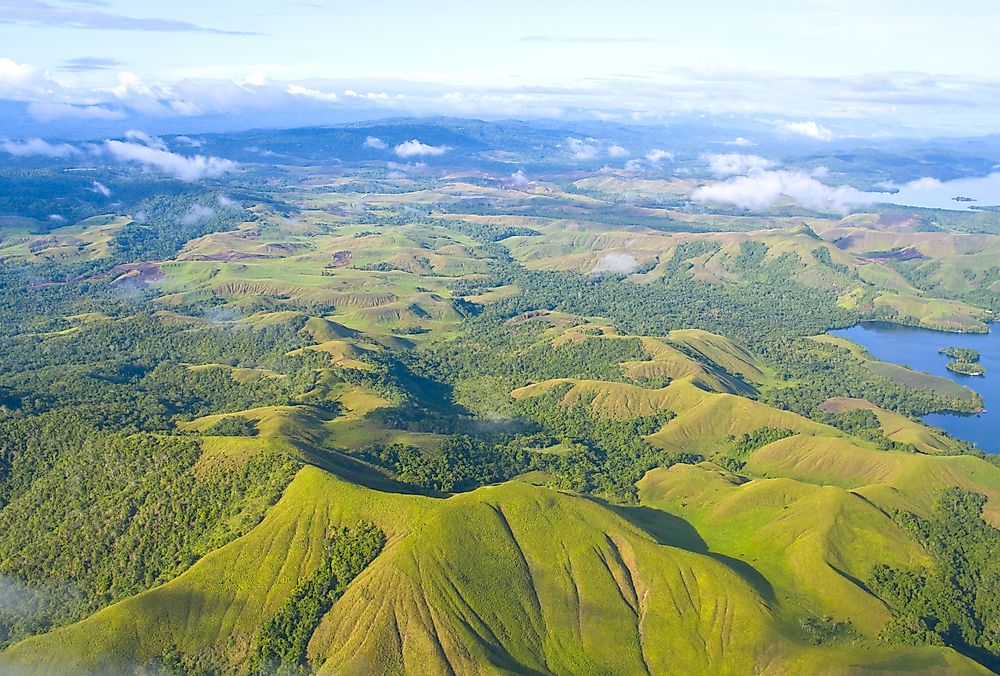What Is The Source Of The Sepik River?

The Sepik River is the longest river on the island of New Guinea covering a total distance of 700 miles. It has a drainage basin of about 31,012 square miles which is a huge area considering it is all on an island. Due to its remoteness, the Sepik River remains one of the few pristine water bodies that are uncontaminated by any human interference. The Sepik is one of the great rivers of the Papua New Guinea with the others being the Fly and the Mamberano Rivers.
The Source Of The Sepik River
The source of the Sepik River has been established to be in the Victor Emmanuel Range that is located in the central highlands of Papua New Guinea. From its source, the river snakes northward before turning east and finally discharging into the Bismarck Sea. Sepik River carries so much sediment and silt that it discolors the waters of the ocean for up to 20 miles from the river’s mouth.
Tributaries Of The Sepik River
The Sepik has its tributaries divided into the Left and Right Tributaries. The left tributary is made of the Yellow River only. The right tributaries are made up of the Keram River, the April River, the Yuat, and the Karawari, and thy all drain into the Sepik at different confluence points as it makes its way into Indonesia Papua before emptying into the Bismarck Sea. The one interesting fact about Sepik and its tributaries is that it does not have any delta it simply flows in a straight path to the sea
Interesting Sepik River facts
Owing to the undisturbed ecosystem within which the river thrives the whole region that is covered by Sepik is considered the largest freshwater wetland that supports all manners of unique animal and plant species. Some indigenous people have been living off the Sepik for ages, and it is estimated that there are more than 250 different dialects spoken by those who have made the Sepik River area their home. These inhabitants had for ages practiced cannibalism which may have contributed to ensuring the land was off limits to foreign intruders, some of the villages deep inland are so remote that they are yet to see a white man. Unlike most river systems the area through which Sepik River flows is relatively flat which make the river flow slower than usual, at some points, it experiences backflows which end up creating lagoons, swamps, and oxbow lakes.
Benefits To The People
The sediments that the river deposits in the adjacent lands make the area highly fertile for agriculture providing both food and exports for the people and the country as a whole. Sepik River is navigable for the most part of its course, and this provides a cheaper and clean transport alternative that does not interfere with the ecosystem. Some parts of the Sepik River have been opened up to the outside world, and they attract tourists who have led to the building of hotels to accommodate them as they explore the region, this brings in foreign exchange.











